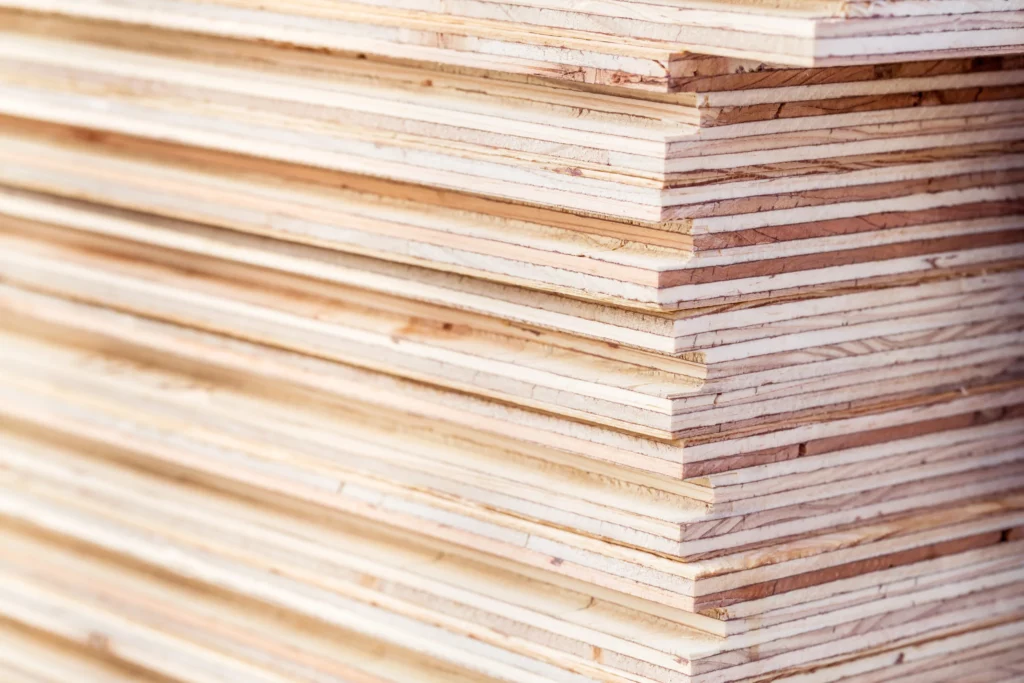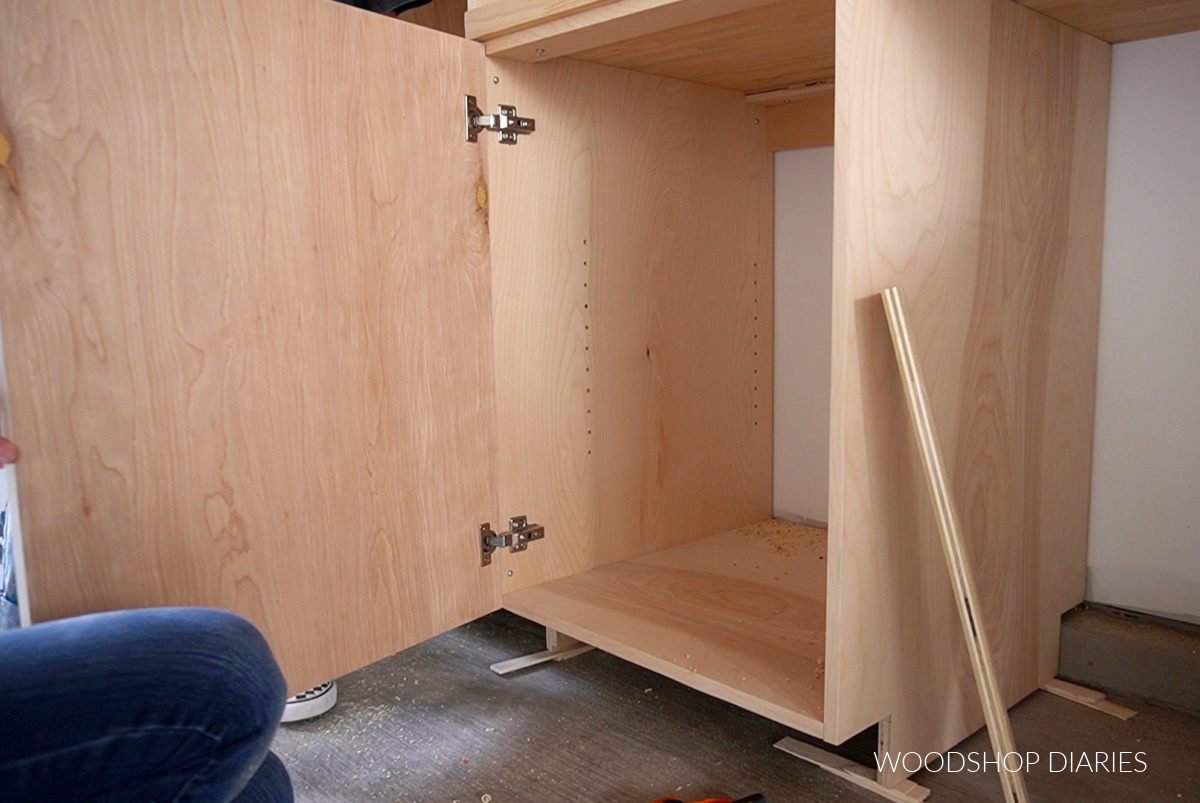Plywood is a versatile material widely used in construction, furniture making, and various DIY projects. Among the many grades available, F14 grade plywood stands out for its exceptional strength and durability. This article aims to provide a comprehensive understanding of F14 grade plywood, its strength ratings, and its applications in heavy-duty builds.
What is F14 Grade Plywood?
F14 grade plywood is a specific classification within the broader category of structural plywood. It is designed for applications that require high strength and stiffness, making it ideal for heavy-duty construction projects. The ‘F’ in F14 denotes the plywood’s structural rating, while the number ’14’ indicates its bending strength in megapascals (MPa).
F14 grade plywood is an excellent choice for heavy-duty builds, offering exceptional strength, durability, and versatility. Its high strength rating makes it suitable for a wide range of applications, from construction to furniture making. By understanding the benefits and considerations associated with F14 grade plywood, builders and designers can make informed decisions that will lead to successful outcomes in their projects.
This grade of plywood is manufactured using high-quality veneers bonded together with strong adhesives, ensuring that it can withstand significant loads and stresses. The result is a product that not only meets but often exceeds industry standards for strength and durability. F14 grade plywood is particularly favoured in the construction of commercial buildings, bridges, and other infrastructure where reliability is paramount.
Moreover, its versatility extends beyond structural applications; it is also used in furniture making and interior design, where aesthetic appeal and structural integrity must coexist. The smooth surface of F14 plywood allows for a variety of finishes, making it an attractive option for visible elements in both residential and commercial settings.

Manufacturing Process
The manufacturing of F14 grade plywood involves several critical steps. Firstly, high-quality timber is selected, ensuring that only the best materials are used. The logs are then debarked and sliced into thin veneers, which are subsequently dried to reduce moisture content.
Once dried, the veneers are glued together in layers, with the grain of each layer oriented in different directions. This cross-laminated structure enhances the plywood’s strength and stability, making it less prone to warping or splitting. Finally, the plywood is pressed and cut to size, ready for distribution. The entire process is closely monitored to maintain quality control, ensuring that each sheet of plywood adheres to the stringent standards required for F14 classification.
Additionally, modern manufacturing techniques often incorporate advanced technology, such as computer-controlled machinery, to enhance precision and efficiency. This not only improves the quality of the final product but also reduces waste, making the production process more sustainable. As environmental concerns continue to rise, manufacturers are increasingly adopting eco-friendly practices, such as sourcing timber from sustainably managed forests.
Strength Ratings Explained
Understanding strength ratings is essential when selecting plywood for specific applications. The F14 rating indicates that the plywood can withstand a bending stress of 14 MPa. This measurement is crucial for builders and designers who need to ensure that their materials can support the intended loads.
In addition to bending strength, other factors such as shear strength, tensile strength, and moisture resistance also play a role in determining the overall performance of plywood. F14 grade plywood typically excels in these areas, making it suitable for a variety of heavy-duty applications. For instance, its high shear strength allows it to maintain structural integrity even under lateral forces, which is particularly important in regions prone to high winds or seismic activity.
Furthermore, the moisture resistance of F14 plywood is an essential characteristic for projects exposed to varying environmental conditions. This durability ensures that the plywood remains stable and functional over time, reducing the need for frequent replacements or repairs. As a result, F14 grade plywood is not only a practical choice but also a cost-effective solution for long-term construction needs.
Applications of F14 Grade Plywood
F14 grade plywood is utilised in a wide range of applications due to its robust characteristics. From construction to furniture making, its strength and durability make it a preferred choice for many professionals in the industry.
Construction and Structural Uses
In the construction industry, F14 grade plywood is often used for flooring, wall sheathing, and roof decking. Its high strength-to-weight ratio allows it to support heavy loads while remaining lightweight enough for easy handling and installation.
Additionally, F14 plywood is commonly used in the manufacture of formwork for concrete structures. The ability to withstand the pressures of wet concrete without deforming or breaking makes it an ideal choice for this application. Builders can rely on F14 grade plywood to provide a solid, stable base for their projects. Furthermore, its resistance to moisture and warping means that it is particularly well-suited for use in areas where humidity levels fluctuate, such as basements or bathrooms. This resilience contributes to the longevity of structures, reducing the need for frequent repairs and replacements. Read more about moisture on https://extension.umn.edu/moisture-and-mold-indoors/do-you-have-too-much-moisture-your-home
Furniture and Cabinetry
Beyond construction, F14 grade plywood is also popular in the furniture industry. Its strength and aesthetic appeal make it suitable for creating sturdy cabinets, tables, and shelving units. The smooth surface of the plywood allows for easy finishing, enabling designers to achieve a polished look.
Moreover, the durability of F14 plywood ensures that furniture made from this material can withstand daily use, making it an excellent investment for both residential and commercial settings. In addition to its practical benefits, F14 plywood can be easily veneered or painted, allowing for a wide variety of design options that cater to different tastes and styles. This versatility means that it can seamlessly fit into both modern and traditional interiors, appealing to a broad customer base. As sustainability becomes increasingly important in design, F14 grade plywood, often sourced from responsibly managed forests, can also be a more eco-friendly choice compared to other materials, further enhancing its appeal in contemporary furniture production.
Advantages of Using F14 Grade Plywood
Choosing F14 grade plywood for heavy-duty builds comes with numerous advantages. Understanding these benefits can help builders and designers make informed decisions about their material choices.

Exceptional Strength and Durability
One of the primary advantages of F14 grade plywood is its exceptional strength. With a bending strength rating of 14 MPa, it can support significant loads, making it suitable for a variety of demanding applications. This strength is complemented by its durability, ensuring that structures built with F14 plywood can withstand the test of time.
Furthermore, the cross-laminated structure of F14 plywood enhances its resistance to warping and splitting, which are common issues with lower-grade plywood. This stability is crucial for maintaining the integrity of heavy-duty builds. In addition, F14 grade plywood is often treated to resist moisture and pests, further extending its lifespan and making it an ideal choice for outdoor applications or environments prone to humidity. Builders can rest assured that their projects will remain robust and reliable, regardless of the conditions they face.
Versatility in Design
F14 grade plywood is highly versatile, allowing for a wide range of design possibilities. Its ability to be cut, shaped, and finished makes it suitable for various applications, from structural components to intricate furniture designs.
Additionally, F14 plywood can be easily stained or painted, enabling designers to achieve their desired aesthetic without compromising on strength. This versatility makes it a popular choice among architects and builders alike. Moreover, the smooth surface of F14 plywood allows for excellent adhesion of veneers and laminates, providing an opportunity for creative expression in both residential and commercial projects. Whether it’s a sleek modern kitchen or a rustic outdoor shed, F14 plywood adapts beautifully to different styles, making it a favourite among those who value both functionality and design.
Considerations When Choosing F14 Grade Plywood
While F14 grade plywood offers many benefits, there are also several considerations to keep in mind when selecting this material for a project. Understanding these factors can help ensure the best possible outcomes.
Moisture Resistance
Moisture resistance is a critical factor when choosing plywood for any application. F14 grade plywood is typically treated to enhance its resistance to moisture, but it is essential to consider the specific environment in which it will be used.
For outdoor applications or areas with high humidity, additional protective measures, such as sealing or using marine-grade plywood, may be necessary to prevent water damage. Ensuring that the plywood is suitable for the intended environment will prolong its lifespan and maintain its structural integrity. Furthermore, it is advisable to regularly inspect the plywood for any signs of wear or water ingress, as early detection can prevent more significant issues down the line. In regions where rainfall is frequent or where the plywood will be exposed to splashes and spills, investing in higher-quality protective coatings can be particularly beneficial.
Cost Considerations
F14 grade plywood is generally more expensive than lower-grade options due to its superior strength and durability. While the initial investment may be higher, the long-term benefits often outweigh the costs. Structures built with F14 plywood tend to require less maintenance and have a longer lifespan, making them a cost-effective choice in the long run.
When budgeting for a project, it is crucial to consider the overall value that F14 grade plywood can provide, rather than solely focusing on the upfront costs. Additionally, the potential for reduced repair and replacement expenses should be factored into the financial equation. It may also be worth exploring bulk purchasing options or local suppliers who can offer competitive pricing, as these strategies can significantly lower the overall expenditure. Moreover, considering the environmental impact of sourcing materials, opting for sustainably harvested plywood can not only enhance the project’s eco-friendliness but also appeal to a growing market of environmentally conscious consumers. Click here to find more about environmental.
Conclusion
Investing in quality materials like F14 grade plywood not only enhances the structural integrity of a build but also contributes to the overall aesthetic and functionality of the final product. Whether embarking on a large-scale construction project or crafting bespoke furniture, F14 grade plywood is a reliable choice that stands the test of time.
Other resources: Your Guide to Building with F17 Plywood for Maximum Durability

